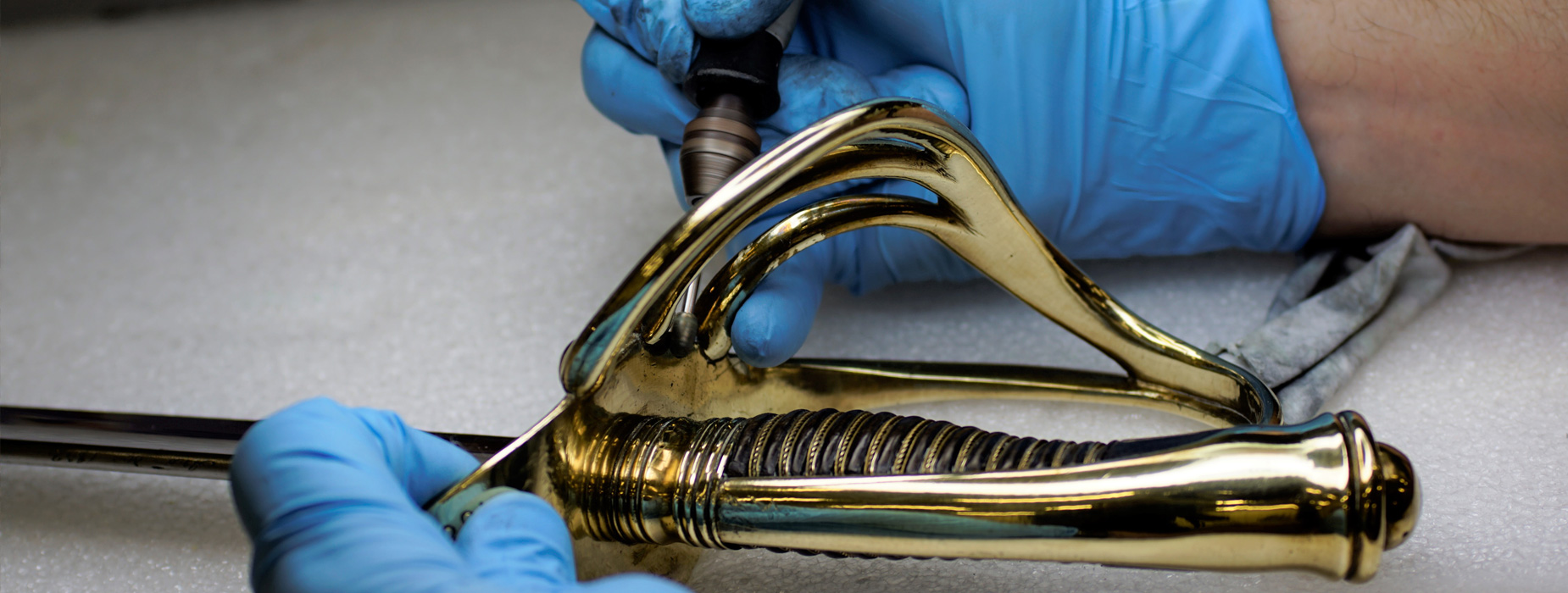
Decorative arts restoration

Art collections are usually made up of an infinity of artistic typologies that may need conservation and restoration. Our prices to restore decorative arts are very competitive, while using the best quality in materials and means of work, covering mainly the following disciplines to restore antiques:
- Restoration of gilded frames: The art of restoring frames must follow traditional antique procedures, with absolute respect for the original, always thinking of preserving its antique character and patina, choosing materials compatible with the work, with proven stability and durability over time and future preservation. We do it with the traditional technique of water gilding or mixtion gilding, using authentic fine gold leaf, as it has been traditionally done.
- Restoration of porcelain and ceramic: Porcelain restoration involves solving problems such as broken pieces, reconstruction of lost parts, or recovery of originality when they have been repainted or altered. We can also restore tiles and ceramics of all kinds.
- Restoration of figures or sculptures of various materials such as wood, ivory, bone, marble, glass, resin, plaster, etc.
- Restoration of metals: Restore any work made of metal or that has metal parts included in works made of stone, wood, leather, glass, etc.
- Restoration of glass: glass or crystal that may be fractured, or suffered alterations such as glass corrosion.
- Restoration of leather or restoring fur: Leather is a material widely used for its resistance and insulating capacity against the cold. For hides to become leather, they must go through a tanning process to stabilize the collagen during manufacture. With sunlight, atmospheric pollution, humidity and heat, leather deteriorates and undergoes alteration phenomena such as acid hydrolysis and oxidation, leading to the need for restoration. Proper preventive conservation of leather objects will extend their life and improve their conservation.
- Restoration of tapestries, fabrics or textiles: Textiles can be made up of a multitude of fabrics of different natures, structures and range. They can also have very diverse applications, decorations and dyes. They are sensitive to light, humidity and temperature, can be attacked by insects or pests and suffer greatly with handling and use. They are highly vulnerable and fragile materials, often in need of conservation and restoration.
- Restoration of books and paper: Paper art is a very significant part of our historical and artistic heritage. Collections may include letters, legal documents, newspaper clippings, postcards, stamps, banknotes, maps, illustrations or maps. They may also contain engravings, watercolors, drawings, or pastels. Paper objects are very delicate and run numerous risks of deterioration due to their extreme fragility to both the surrounding environment and their delicate handling.
Restoration services
“Customers Say”








